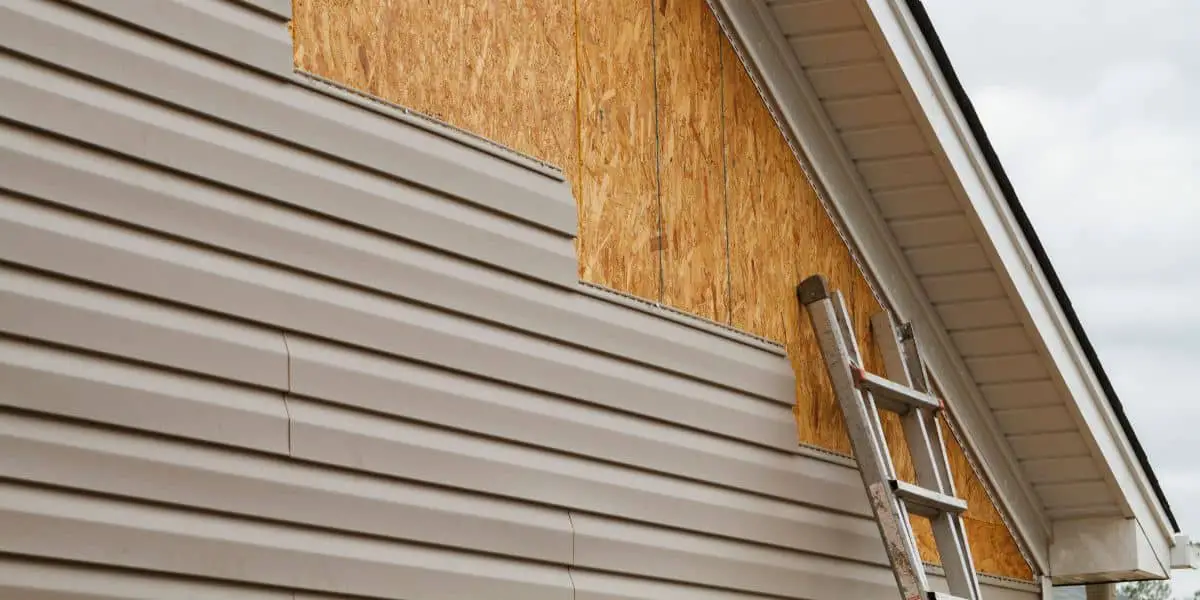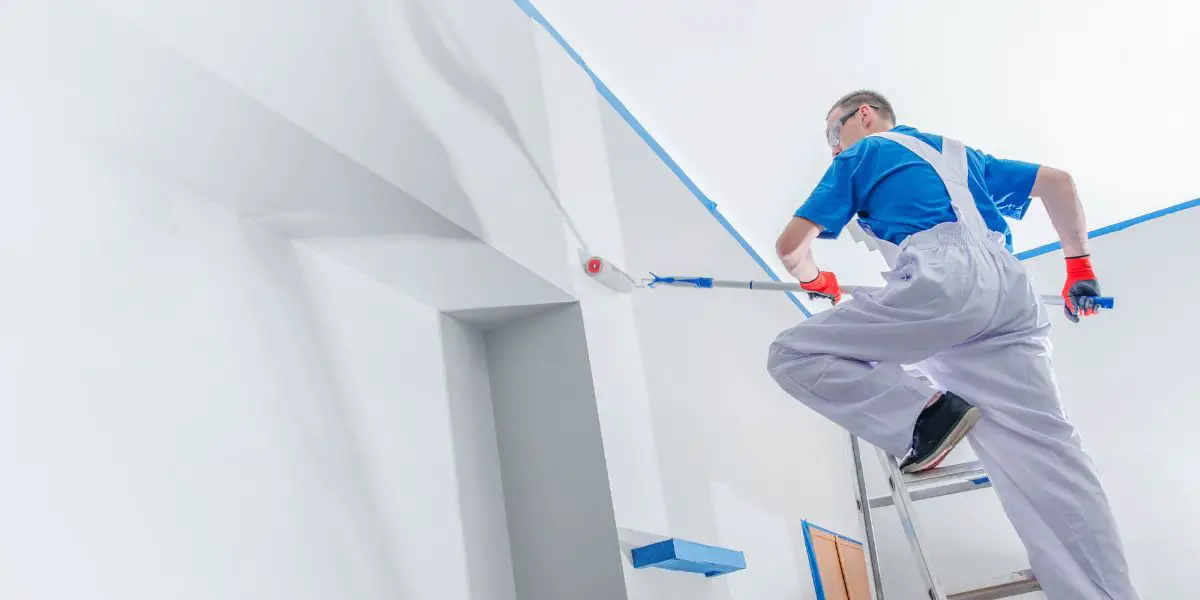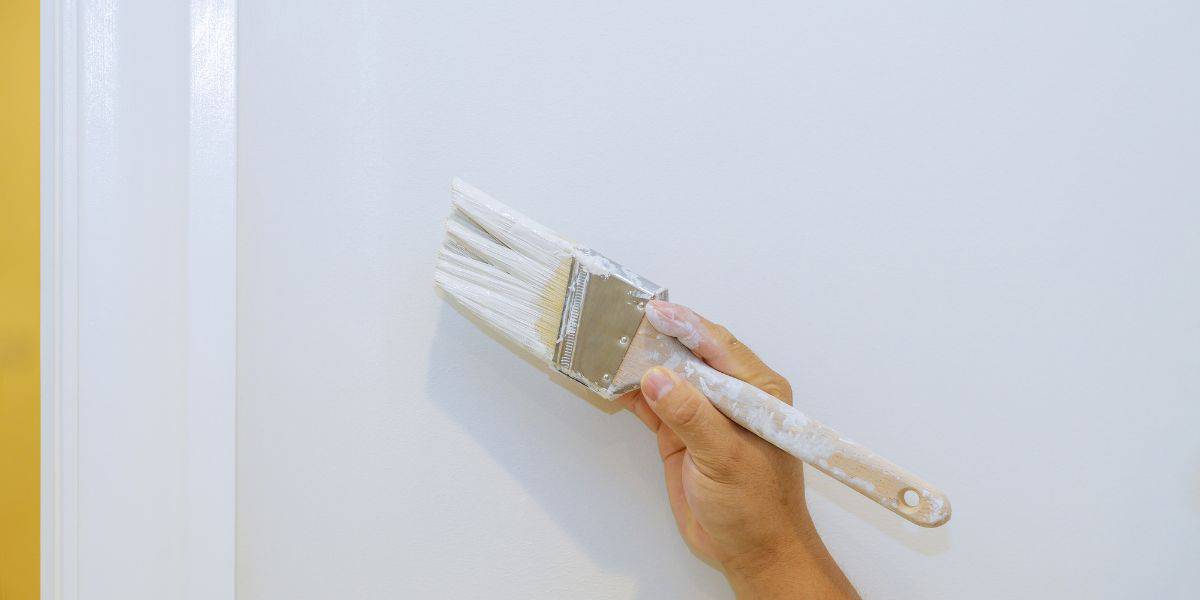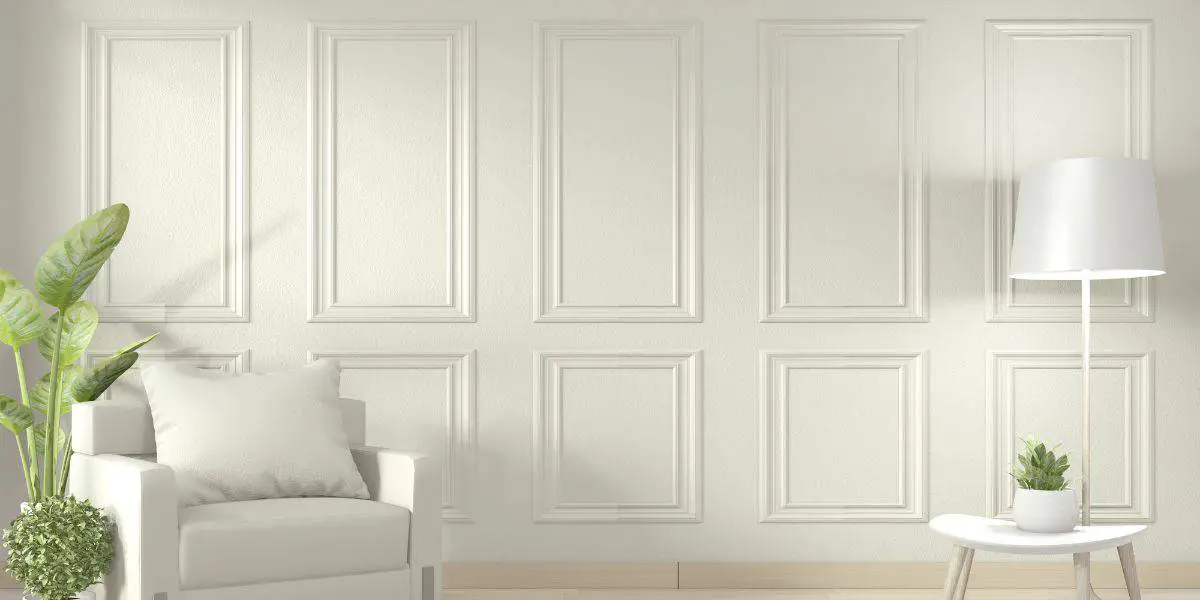If you are the type of person who loves the outdoors, then you’ve probably thought of all kinds of things to make the outdoors more enjoyable. Perhaps doing some gardening or landscaping or even investing in a fire pit. But one other project that you’ve likely considered is to mount a TV to vinyl siding. Can it actually be done?
How to mount a TV to vinyl siding is something that isn’t that complicated. All you have to do is:
- Insert the mounting brackets.
- Set up the anchors.
- Secure and set up the bracket.
- Hook up the cables.
- And mount the TV.
But there are other considerations that go into mounting a TV. Below I’ll talk in more detail about mounting a TV to vinyl siding, and what you have to account for. So read on!
Table of contents
Considerations Before Installing
Having a TV mounted to the side of your house seems like a good idea for backyard fun and entertainment. But right at this point you have to make some decisions that go beyond buying a mounting bracket and placing it on a wall. Here are some key considerations you’ll have to make:
- Where do you want the TV to be placed? Sure you’ll be getting a mount but you’ll have to make sure that the TV can be mounted and isn’t going to be damaged by other people or other conditions. Generally speaking, you’ll want it to be mounted in a shady area. Furthermore, that spot will need to be properly shielded from sun and rain since electronics don’t mix well with water or bright sunlight.
- You’ll also need to consider outlets or specifically how you’ll get it connected to power. If you’ve got an outdoor power outlet already, would you use it for that? Are you willing to lay down extension cords across your yard or in your home to connect the TV to it? If you do have that you’ll then have to position the cord in such a way that people won’t trip over it.
These two key considerations – and the questions that follow up with that – are so crucial as many people place their mount and fail to recognize these things. Be sure to plan that ahead of time.
How To Mount A TV To Vinyl Siding
After you make those considerations, the next thing is to do is begin the mounting process. The steps below will give you a general idea of what has to be done. I say this because one of the major contributors to this is the material of the wall it’s being mounted on as well as the mounting bracket itself.
Because of this, the steps below are going to vary slightly depending on that, but it shouldn’t be that different from what’s mentioned below.
Also, before jumping into the steps make sure that you have a mount. Most TVs you buy today will come with one automatically, but you can buy separate ones. If you do buy another one, make sure the brackets actually fit into the TV.
Step One: Mounting Bracket
How you start this is simple as marking the holes for the mounting bracket. You’ll be needing a pencil or a marker to mark on the wall. I’d go with a marker that way you can see it clearly on the vinyl siding. When that’s done, you’ll need to start drilling holes into the siding.
To make this easier on you, you can also line up the holes with the bracket itself to ensure you’ve got enough space between the holes.
Step Two: Anchors
The second step of your setup is putting in the anchors. This is another simple task as you can use a hammer to pound in the plastic anchors. That said, you’ll still want to be careful as using too much brute force might create cracks in the wall, making those holes unusable. You’ll then have to drill more holes into your siding beyond the ones you’ve already got.
Step Three: Setting In And Securing The Bracket
The next step will involve you mounting the bracket itself. To make this happen, you’ll need to secure the lag bolts in place by using an open-end wrench. This is the step where there will be some variance depending on the mount that you’ve got. Some of the sturdiest TV wall brackets will have a bolt-mounting system while others won’t. Ideally, you’ll want one with that system as they are stronger and more resistant to weight.
Step Four: Getting The Cables Ready
The next consideration is the current cable setup you have. Modern TVs will need an HDMI cable to work. On top of that, you’ll also want to consider what the purpose of your TV is. What I mean is if you have a smart TV you could connect it to your home wireless network and use it to see videos beyond what you would have normally.
On the other hand, if you plan to watch standard TV channels, you’ll need to find a way to connect the cables to the outdoor TV. Also note that you’ll need to secure cables to the siding of your house too.
Step Five: Mounting The TV
The final step in all this is securing the TV to the bracket you’ve mounted. Fortunately for you the bracket should have instructions outlining how to do this. Also note that depending on what bracket you’re using, you may have to use extra nuts and bolts and a wrench to secure them.
Other Tips For Mounting Your TV Properly
The process mentioned above is a very basic procedure, but there can be other things you could run into. To help you out, here are some other tips that can make mounting easier, but also ensure you have a sturdy set up that won’t give you any headaches in the future:
- First, it’s smarter to use a pivoting wall mount rather than a solid mount. By using this pivoting wall mount, you’ll be able to adjust the viewing angle. What this means is that your viewing positions aren’t limited to a specific spot, and you can angle it in such a way that everyone can enjoy watching it. One recommendation for a wall mount bracket that can pivot is the ones from WALI. It’s fully adjustable between a range of 8 degrees upwards and 12 degrees downward. It also has a 180-degree swivel and a +/- 3 degree rotate for optimal viewing.
- There are TV’s that are specifically built for the outdoors, but it doesn’t mean you need to buy one of those. If you’ve got another TV and want to save money, invest in a TV enclosure. This enclosure is a special box designed to house the TV and keep it protected. Some enclosures will have IP ratings and those ones you’ll want to go for above the others.
- Another alternative to this is using an older TV outside. You could use that as reason enough to grab a new TV for indoor use. This way if something happens and the TV breaks down for whatever reason, it’s not as painful if it’s an old TV that was going anyway.
- If you plan to use HDMI cables, note that the cables aren’t meant for long distance connections. Instead, run a cable that’s no longer than 10 meters and have it connect to the cables. You could also consider a CAT5/6 with an HDMI-to-CAT converter.
Final Thoughts
As unusual as it sounds, TVs can be mounted outside in the right kind of circumstances. So long as you’re going through the steps and have taken extra measures to ensure the TV is safe then you shouldn’t run into too much issue. So go ahead and enjoy your TV while getting a good dose of vitamin D.




